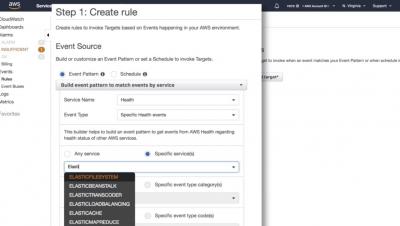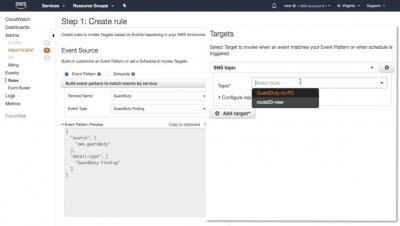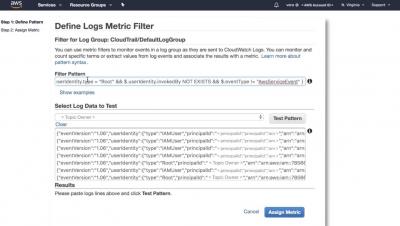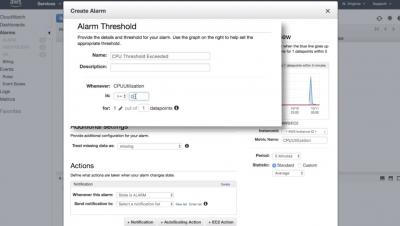Infrastructure as code: evolution and practice
As infrastructure has evolved and matured over the last decade, the way in which we build and deploy that infrastructure has — for the most part — kept pace. As the velocity of deployments increased, and practices such as continuous deployment and delivery became the norm, it became critical that we manage infrastructure and deploy applications in a similar way.











